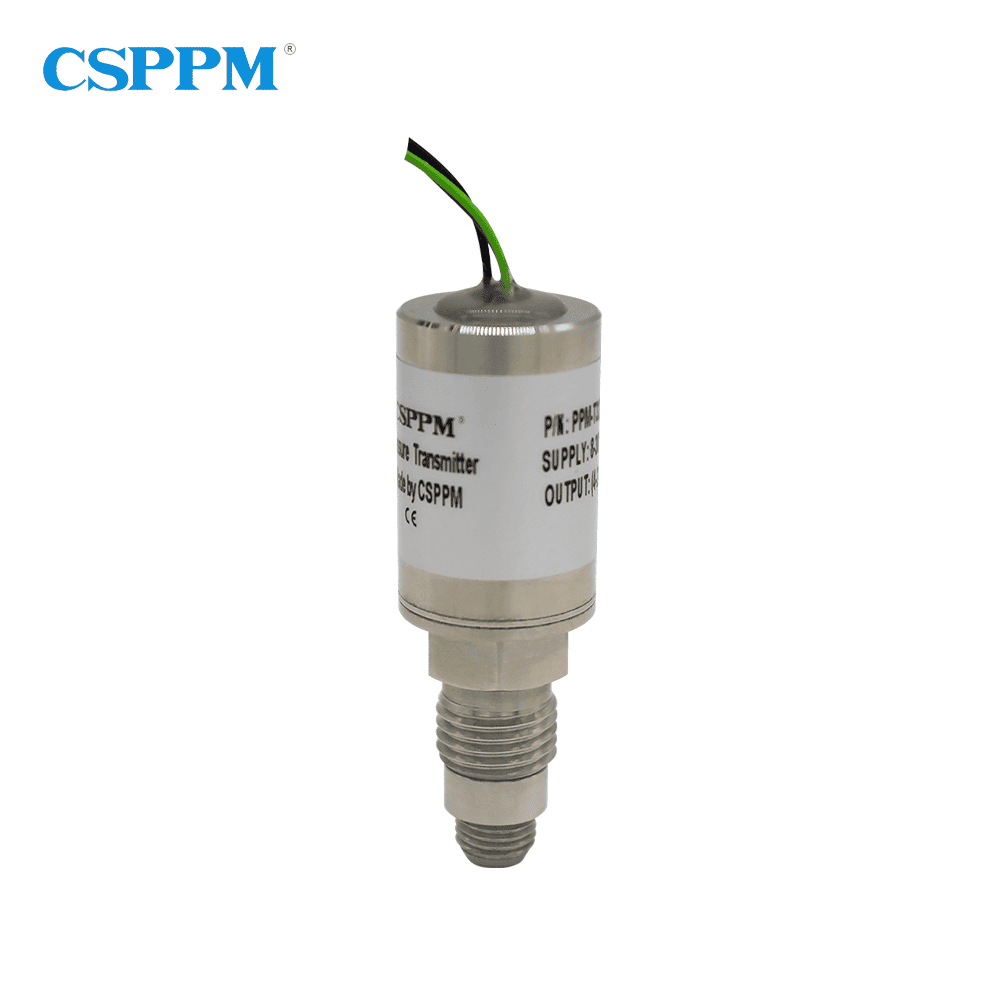Have you ever experienced system failures that occurred when you least expected them? With high demands in various industries, the need for robust measurement tools has never been more critical. The high temperature pressure sensor plays a crucial role in ensuring operational efficiency—where accuracy is paramount. But what happens if your measuring devices can’t withstand the extreme conditions they face? It’s a real concern.

Identifying Traditional Solutions’ Flaws
Many traditional pressure sensors, while reliable in moderate environments, simply can’t handle the rigors of high-temperature applications. Often, they face calibration drift, reduced lifespan, and even complete failure when exposed to extreme heat. This reality not only disrupts processes but can also lead to costly downtimes. So, why do failures always occur during critical operations? The answer lies in inadequate technology—the very technology that was supposed to simplify your tasks.
Embracing New Technology Principles
Enter the new generation of high temperature pressure sensors. These devices leverage advanced materials and cutting-edge engineering principles to deliver precision in the most challenging environments. For instance, the integration of silicon carbide or innovative ceramic technologies enhances biocompatibility and ensures accuracy under pressure. Look, it’s simpler than you think; these advancements come together to form a resilient and dependable solution.
Quantified User Benefits
Users have reported remarkable improvements after switching to modern high temperature pressure sensors. With an increase in measurement accuracy by more than 30% and extended lifespans that outlast traditional models, the benefits are palpable. Not only do you mitigate the risks of failure, but you’ll also see a significant reduction in maintenance costs. Now, who wouldn’t want to invest in that sort of reliability?
Your Go-To Evaluation Criteria
When evaluating pressure sensor solutions, always verify these three metrics: ① Temperature range adaptability ② Accuracy in extreme conditions ③ Longevity and maintenance needs. Keeping these factors in mind will empower you to make informed choices that can positively impact your operations.
Understanding Low Temperature Pressure Sensors
For applications involving frigid conditions, the low temperature pressure sensor is vital. These units are specifically designed to retain accuracy and performance even when temperatures plummet. If you’re working in environments that see temperatures drop below freezing, using standard sensors can lead to errors, and that’s just a mess waiting to happen. Properly selecting a low temperature pressure sensor ensures reliable readings that support your operations—no matter how cold it gets.

The Value of Cryogenic Pressure Sensors
Delve deeper into extreme applications with the cryogenic pressure sensor. In industries that deal with super-cooled gases or liquids, having the right measurement devices can make or break efficiencies. Cryogenic sensors are crafted to function accurately at temperatures that can reach hundreds of degrees below zero—it’s a specialty that only the best manufacturers can offer. Without them, your projects could be at risk of crucial mistakes, increasing the overall costs and safety hazards.
Conclusion and Brand Recommendation
In navigating the complex landscape of temperature pressure sensing, it’s vital to choose a manufacturer known for both quality and innovation. CSSPM Sensor stands out in this regard. Their commitment to developing cutting-edge sensors that meet rigorous industry requirements ensures that your operational needs are met with excellence. For reliable supply advantages and unmatched technological advancement, consider CSSPM Sensor as your go-to source in the realm of pressure sensors.
